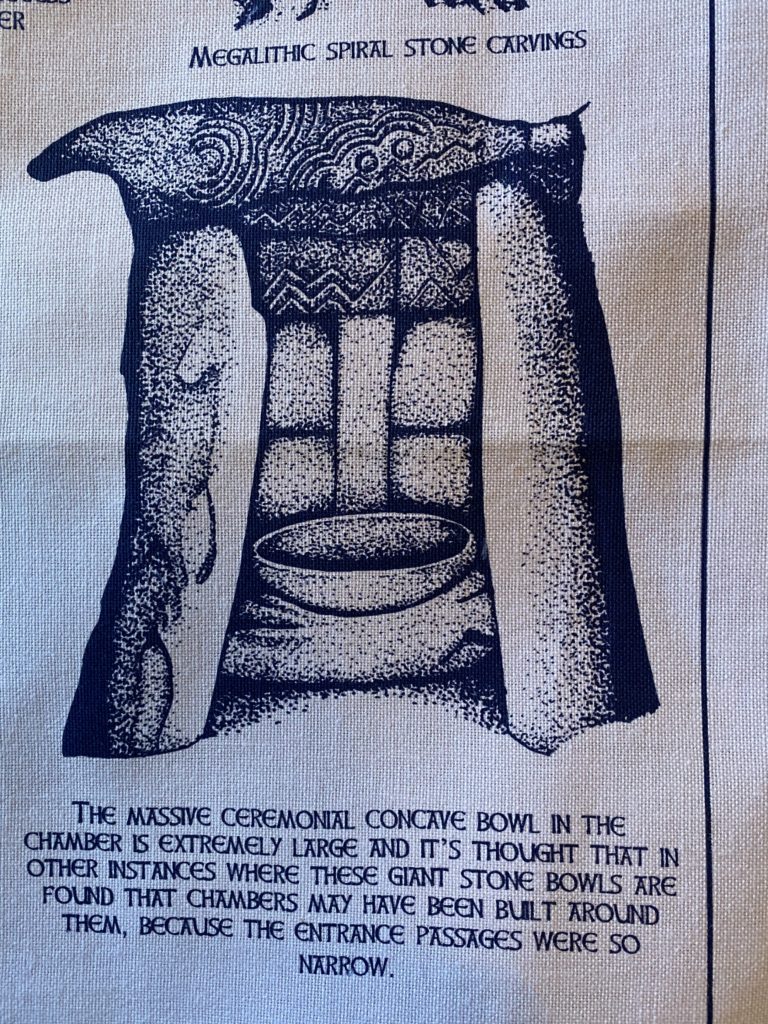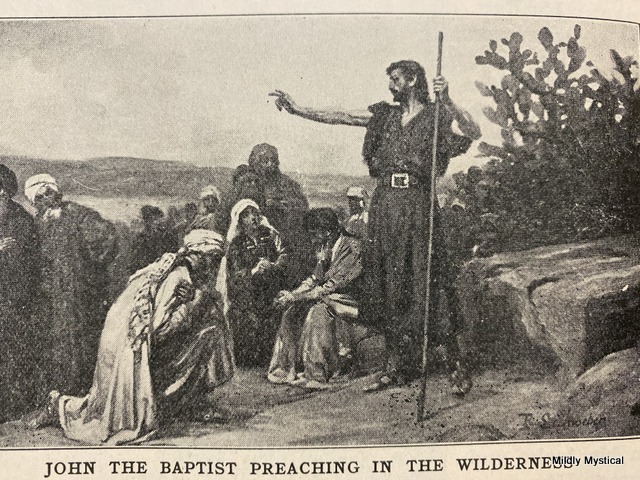It’s easy to feel how near we are to the winter solstice. The exact time of the solstice occurs this Saturday night, December 21, at 11:48 p.m., but we each have our own internal sense of reaching this turn. As the days grow shorter and the dark descends earlier there’s a twinge of dismay. We know better than to worry—the days will lengthen soon enough—but nonetheless we light candles and extra strings of lights to ward off the dark. The hustle and bustle can be a welcome distraction from that instinctive unease.

A dramatic marking of the winter solstice was built at Newgrange in Ireland around 3200 BCE. At the solstice sunrise, the first ray of light above the horizon pierces the center of a long, narrow passage, illuminating a small, womblike room deep within the structure. There is just enough space to stand along the circular stone walls surrounding the chamber’s main feature—an enormous stone basin resting on the ground. The shaft of sunlight at the winter solstice shines directly onto a spiral design carved into the far wall.
We hold much in common with those who built this magnificent structure. Though our culture has made huge advances in science and technology, we are reliant on the same earth and the same sun to give us life. With the growing dark, we are subject to the same ancient sense of dread stirring deep in the psyche. We may not believe that our rituals cause the sun to return, but we wait expectantly and experience a sense of relief when it does.
The festival of lights in this season is something we need, whatever our religious traditions may be. In the midst of it all, there’s a pagan soul within me that insists on marking the solstice. The winter solstice is the herald of the new year.
This year, I’m remembering the wide stone bowl that fills the chamber deep within the mound at New Grange. When I was there, I had the overwhelming feeling that the basin was a place to give birth.
At the solstice this year, I’m holding that basin in mind and asking: What wants to be born in the new year?
What question are you holding here on the verge of the solstice?


